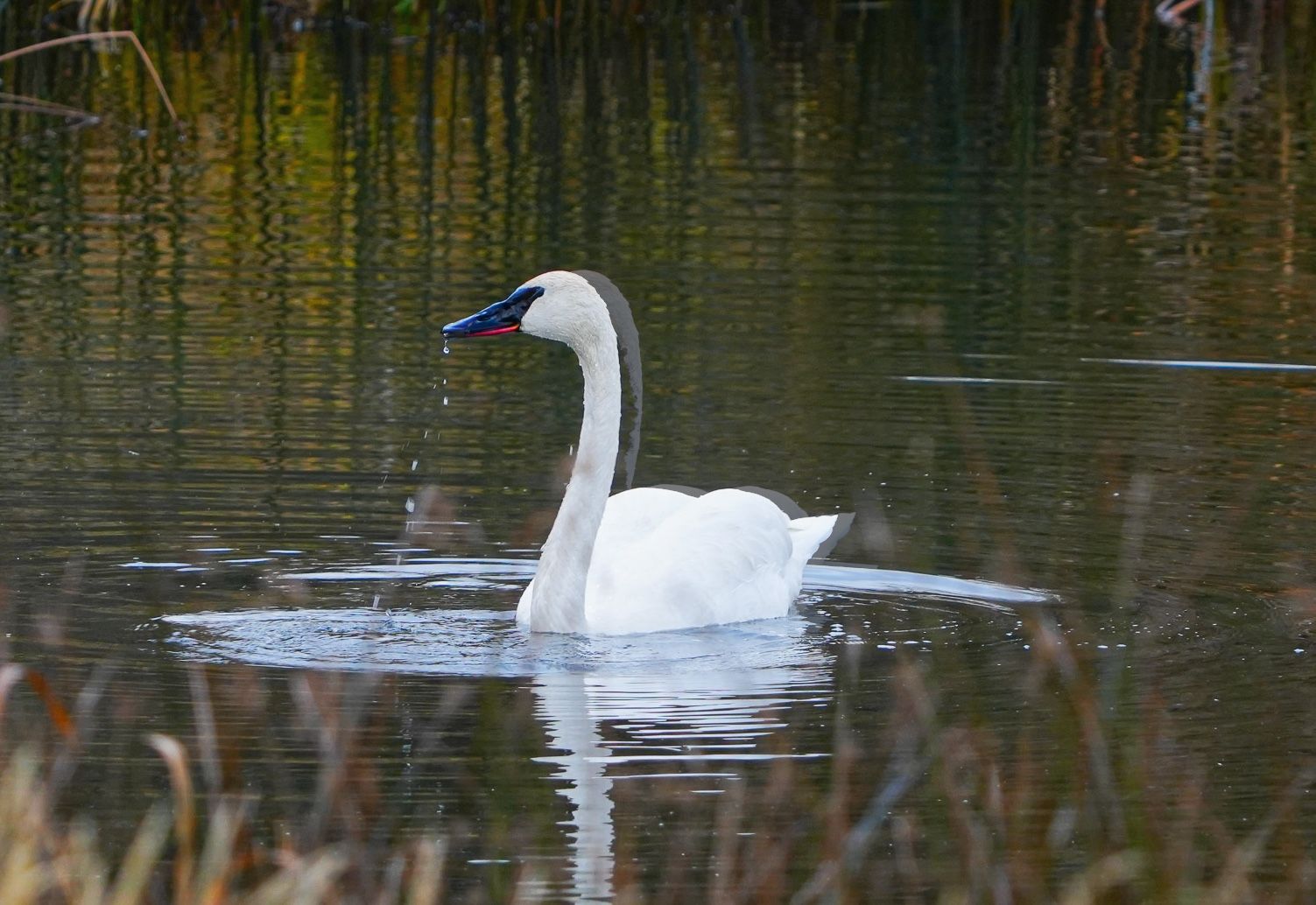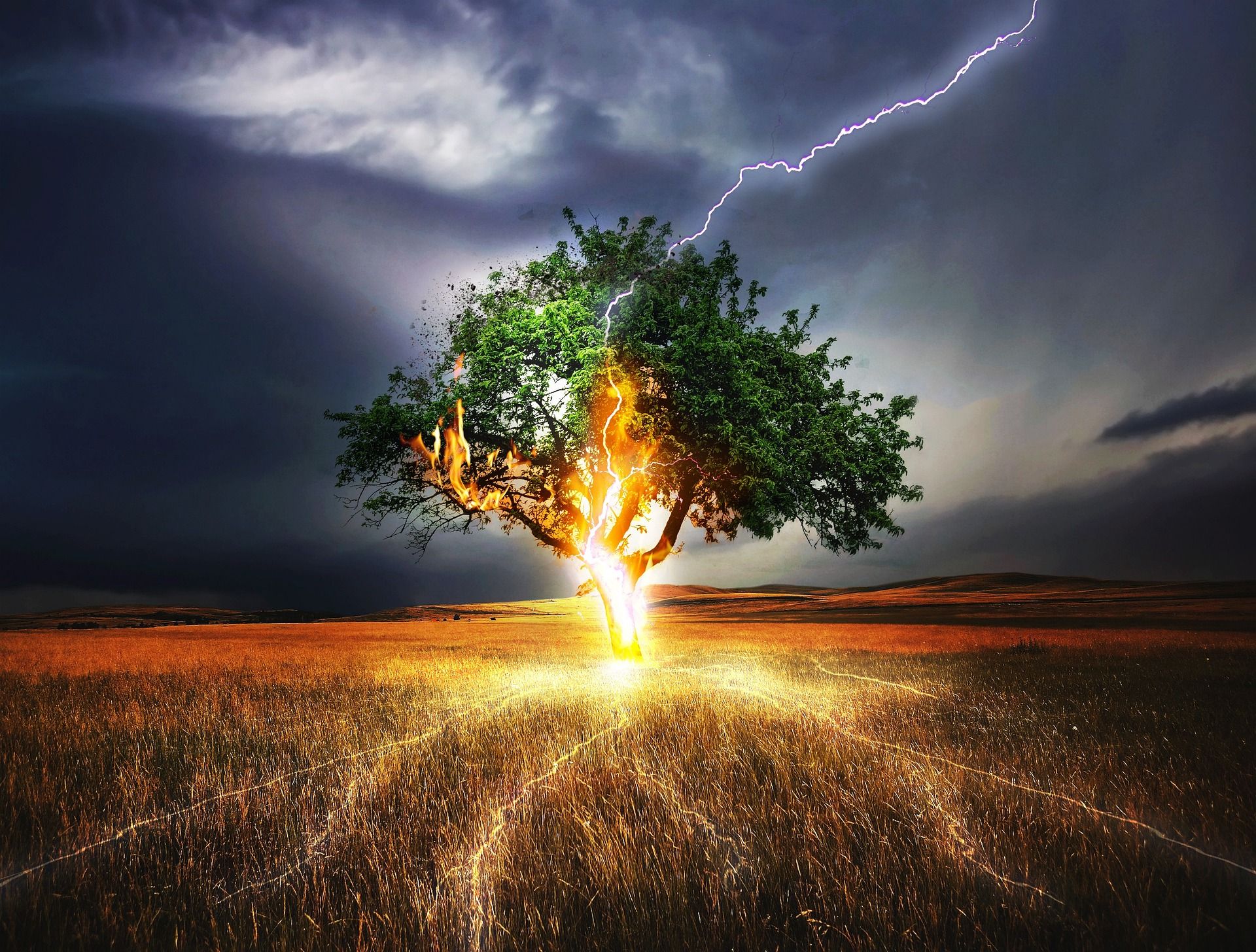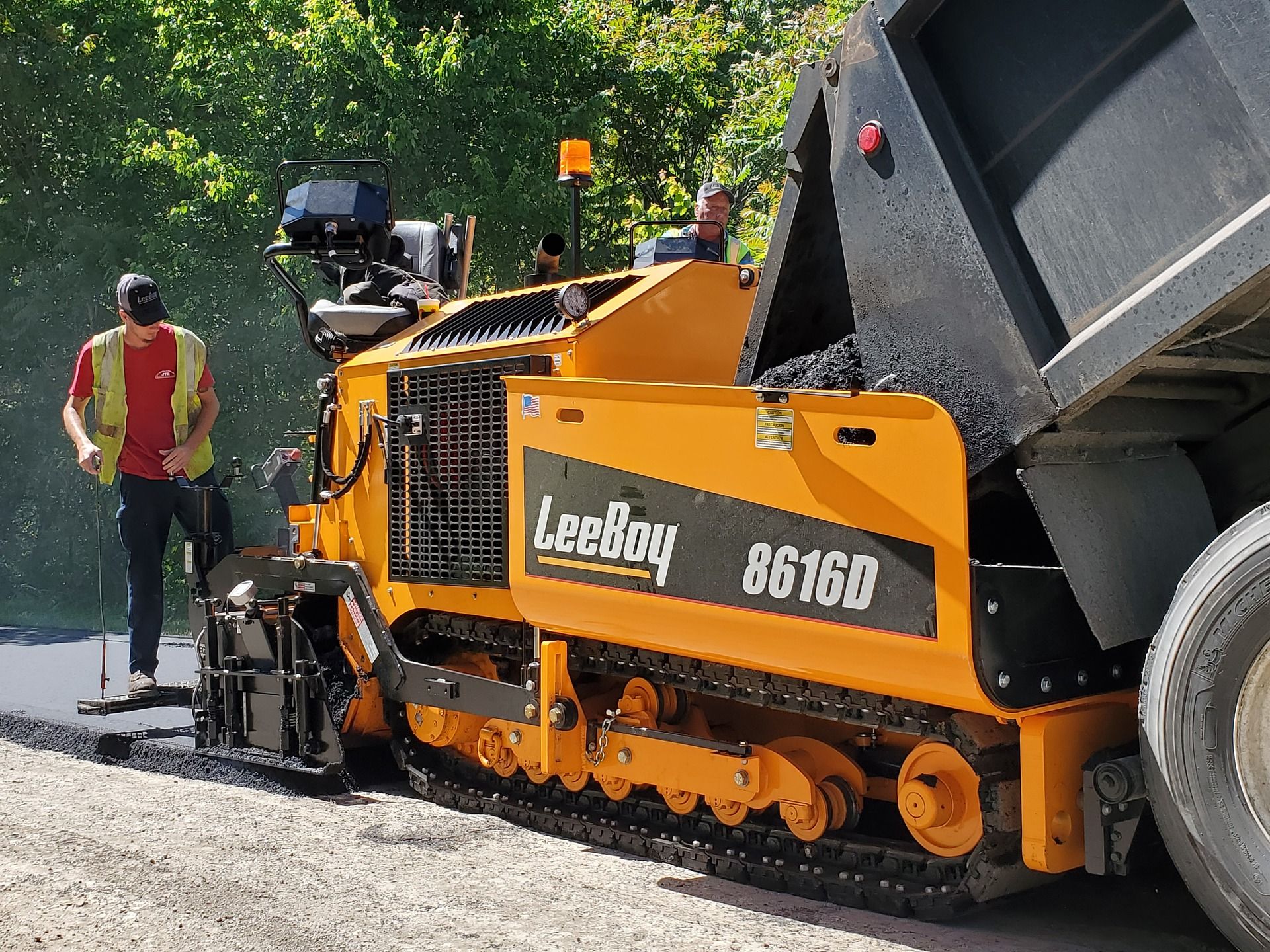Gender of Animacy

While researching my book Language Making Nature, and exploring ways to use language to describe nature, I was excited to discover something called the gender of animacy.
What I learned is that we think of gender as a sexual distinction, but this isn't entirely accurate. Technically, gender is any type of category that helps speakers classify objects in their language. And, while sexual identity is one potential type of gender, the word derives from Latin genus 'a kind' (as in 'a kind of') and has no sexual connotation at all.
[To avoid confusion, some people refer to the gender of animacy as the grammar of animacy.]
What's notable is that the highly significant gender of animacy has been largely lost in English, but it remains an important part of many of the world's other languages, both past and present.
Gender of animacy is a way of signaling, with words, whether an object contains or lacks its own life energy.

Unfortunately, in English we have a streamlined gender system that labels all objects as he, she, or it; but this simplified system leaves us no options for recognizing the sentience of objects.
In contrast, we could compare English to another language like Navajo, which has a highly developed, eight-tiered hierarchy of animacy that ranks objects from most animate to least animate in this order: humans/lightning, infants/big animals, medium-sized animals, small animals, insects, natural forces, natural objects and plants, abstractions.
There are very few examples of animacy in English but consider the words fire versus ignite. Fire derives from an ancient root word referring to fire as an inanimate, utilitarian thing, while ignite derives from an ancient root word that points to fire as an active, living force. Even though our sense of animacy has been lost, we still use ignite as an active animating verb.


Fire as a practical word vs ignite as a vital life energy. Images by Jalyn Bryce (left) and 5158 (right) from Pixabay
The loss of animacy in language matters. It becomes very difficult, if not impossible, to return a sense of spirit and sacredness to the natural world when we're forced to use words that are stripped of their capacity to signify animating, life force energy.
For example, a word like rock can never point to a sacred, meaningful, life-filled object if it's the same word we use in sentences like "Let's crush up some rocks and make a road." The only solution would be to have a different word for 'rock,' or a way of linguistically marking whether a rock has life energy or not.

There are many ways to signal animacy with language, and I explore a range of possibilities in Language Making Nature, but what's most important is that we first recognize how much we lose when our words speak of objects as inanimate things that we manipulate and use for our own convenience.
There's tremendous value in honoring the inherent life energy and reciprocal relationships that exist among objects in the world around us. And so, the challenge of our time is bringing back that potential in our language.
How we do this is an open question, but it's a fantastic puzzle that a number of people have started tackling.
Member discussion